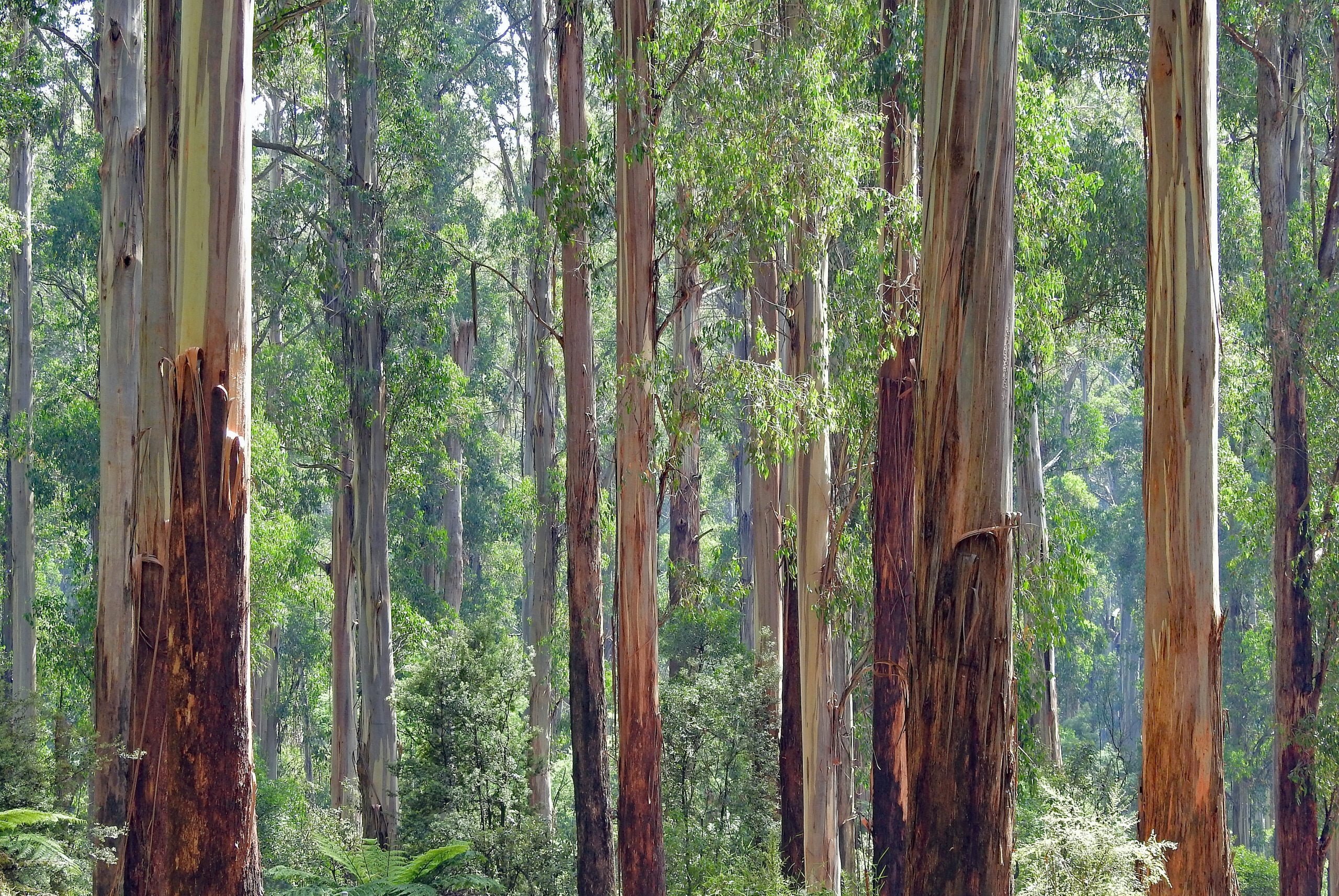Earlier this summer, CBAN participated in a global strategy meeting in Brazil to advance the fight against genetically engineered (GE or genetically modified) trees. We learned a lot about how the development of GE trees is connected to the industrial plantation model and how these monoculture tree plantations impact communities and the land. Like genetically engineered crops, GE trees are first and foremost being designed to produce export commodities – like wood, pulp and paper – across huge areas of land, using massive amounts of synthetic pesticides.
The meeting was organized by the International Campaign to STOP GE Trees, which invited and paid for both CBAN’s Coordinator, Lucy Sharratt, and CBAN’s new Campaigner, Kaitlyn Duthie-Kannikkatt, to join the meeting. We also participated in a series of visits with Indigenous, Quilombola, and small-scale farming communities who are resisting the encroachment of eucalyptus plantations and the threat of GE trees in their territories, and we met with key Brazilian ministerial offices. Click here for a quick glance at the work we did in Brazil.
CBAN was invited to join these meetings because of our key role as researchers and strategists within the global campaign. Our participation was also very helpful for CBAN as we begin to expand our knowledge and campaigning capacity on the issue of GE trees in Canada. We also made important connections with key movement leaders from all over the world who are fighting GE trees and GE crops.
We had planned to visit a community of the Pataxó Indigenous people in Bahía state but the road to the community was washed out from the rains (we got half way there and had to turn around). Community members had prepared breakfast for us and were waiting to tell us how the plantations affect them, and to hear about GE trees from us. While we could not meet them in person, we promised to share their story, and the stories of all the people and communities we visited. Here is a short, powerful video statement from the Pataxó, who are fighting for land recognition while companies continue to expand eucalyptus plantations in their traditional territories. (Our recent report tracking the global development of GE trees includes a small summary of their struggle – see page 31.)
“It is important for the world to pay attention to the threats against Indigenous territories in Brazil. […] Every time an Indigenous people is expelled from their land, human kind as a whole loses […] Without traditional Indigenous territories, there will be no forest, there will be no water, there will be no rainfall. […]” – Leosmar Terena, General Coordinator for Brazil’s newly created Ministry of Indigenous Peoples speaking to CBAN’s Kaitlyn Duthie-Kannikkatt and other international delegates in Brasilia, May 30th, 2023.
Stay tuned for more opportunities to learn about the struggles of communities we met with in Brazil and how they relate to the fight to stop GE trees.
Our FSC win is keeping Suzano at bay
Brazil is a critical global battleground over GE trees. A GE glyphosate-tolerant eucalyptus tree, developed by the huge Brazilian pulp and paper company Suzano, was recently approved for commercial planting but is not yet in the ground. This halt on releasing the first GE tree in Brazil is partly due to CBAN’s success in keeping a ban on GE trees in the Forest Stewardship Council’s certification scheme; Suzano is an FSC certificate holder and cannot plant its GE eucalyptus while also retaining its FSC membership.
GE trees and the plantation model
The proposed GE eucalyptus trees will almost certainly exacerbate the severe environmental damage already caused by plantation expansion in Brazil. Driving through the Atlantic rainforest biozone, all we could see is hectare upon hectare of eucalyptus monocultures. There is almost no biodiversity in these plantations because other plants are treated as weeds and insects as pests. The habitat for animals has been destroyed. We drove for hours with plantations on both sides, to meet with communities who have been speaking out for decades about the impacts of these monocultures. We met with farmers and community leaders who explained how the tree plantations drain their water tables and poison their crops and livestock with aerial pesticide spraying. Click here for the new introduction to GE trees from the World Rainforest Movement.
Continuing the fight against GE trees in Canada
In North America, US researchers want approval to plant a GE American chestnut tree in the wild. They are very close to getting approval in the US and say they will also seek approval in Canada. This GE tree is designed to “restore” the American chestnut to its habitat in Eastern forests before it was decimated by a blight. But if it is released, it will introduce a GE species that will replace the endangered American chestnut in Canada which is gradually showing hope for restoration through natural blight-tolerance. You can join the movement to stop the release of this GE tree:
- Read our introduction to the problem of the GE American chestnut.
- Stay up-to-date on what is happening with GE trees in Canada and around the world. Subscribe to our new Canadian GE trees email newsletter for informative updates and ways to take action.
